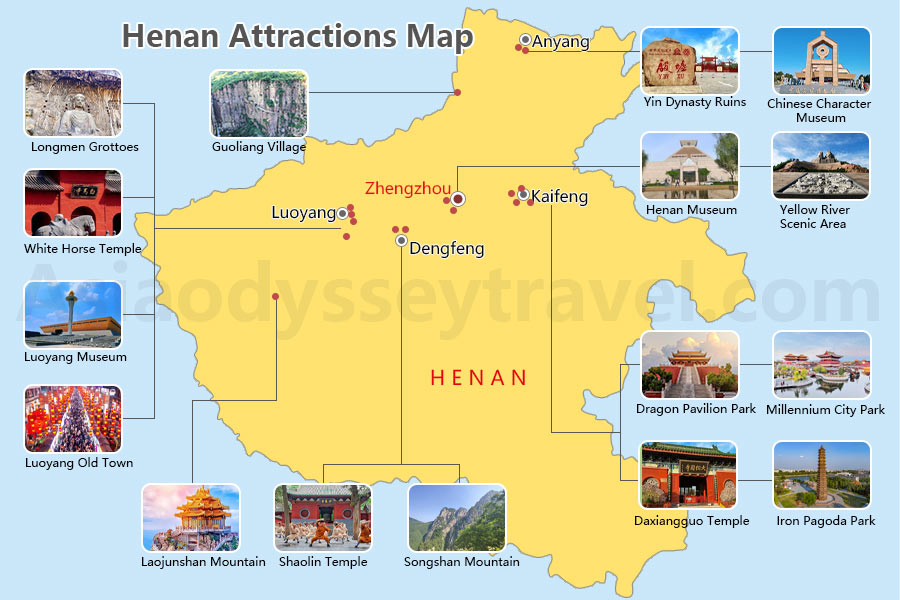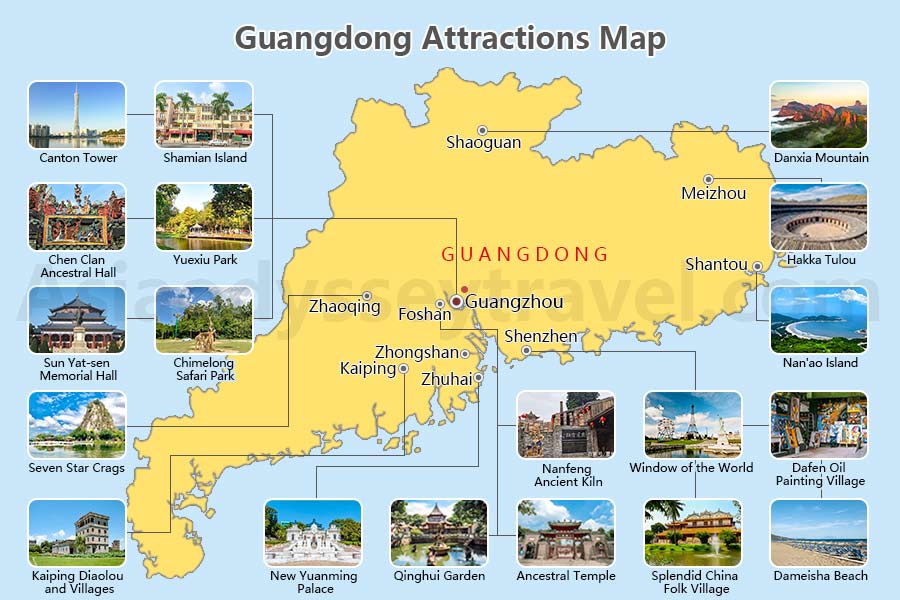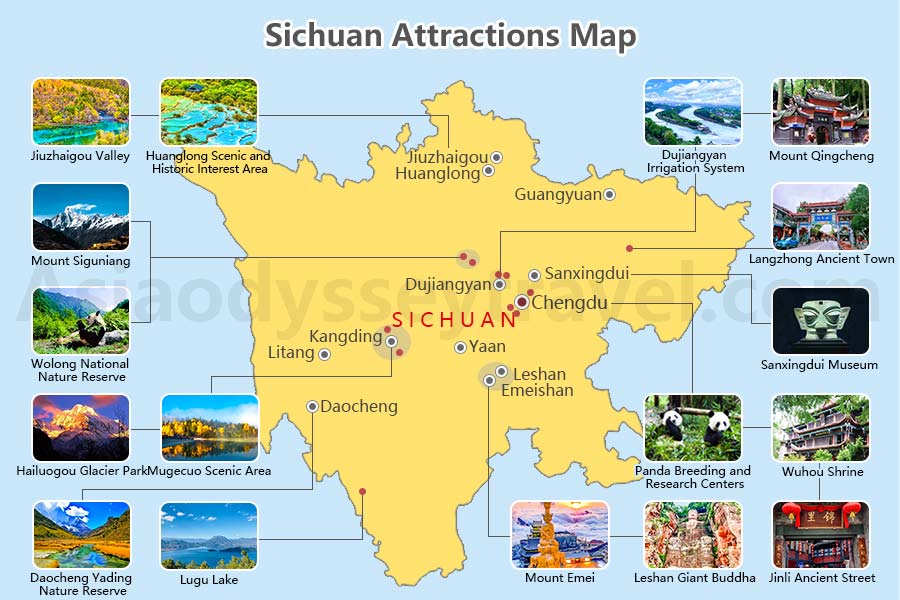Navigating the Enchanted Labyrinths of Guge Kingdom’s Ruins

Welcome to jusha.travel, where we love sharing tips to make your China journey unforgettable! Nestled in the remote highlands of Tibet, the Guge Kingdom ruins stand as one of China’s ancient fortresses, offering a glimpse into the enchanted China history of lost civilizations. As a hub of Buddhist art and culture from the 10th to 17th centuries, Guge represents the allure of Tibet lost cities that captivate adventurers and historians alike. This post dives into the mysteries of these ruins, blending historical insights with practical ruins exploration tips to guide your discovery.
The Mystical History of Guge Kingdom

The Guge Kingdom, perched atop a 300-meter-high hill in Zanda County, Ngari Prefecture, southwestern Tibet, emerged around the 10th century after the Tubo dynasty’s fall. Covering about 180,000 square meters near the Langchen Khabab River and Mount Kailash, it flourished as a vital center for Buddhist culture and trade. In 1624, Jesuit missionaries António de Andrade and Manuel Marques provided the first Western documentation of its sophisticated irrigation and urban infrastructure. Despite its 700-year legacy, Guge abruptly collapsed in the 17th century amid internal strife and invasions, leaving behind its enchanted ruins as a testament to Tibet’s lost civilizations. Local legends speak of hidden treasures and supernatural guardians, adding to the mystical aura. If you’re fascinated by ancient empires, our post on Exploring China: History, Culture, and Modernity offers broader insights into China’s historical tapestry.
Architectural Marvels of the Ruins

The labyrinthine layout of Guge’s **China ancient fortresses** reveals remarkable engineering prowess. Carved into yellow earth and limestone cliffs, the ruins feature a maze of passageways, tunnels, and defensive walls that blend seamlessly with the landscape. Over 400 rooms have been documented, from royal palaces and monasteries to cave dwellings for commoners. A 2-kilometer ancient water tunnel supplies water from summit to base, showcasing advanced urban planning. Strategically positioned for defense against invasions, these structures endure due to the isolating terrain. Exploring them feels like venturing into a living labyrinth, where every turn unearths part of Tibet’s fortress heritage. For similar ancient sites across China, check out our comprehensive guide to Historical Places in China: A Comprehensive Guide to Ancient Sites and Cultural Landmarks.
Cultural and Artistic Treasures

Guge’s **enchanted China history** shines through in its artistic treasures, heavily influenced by Buddhist motifs. Wall murals in temples like the Turquoise Temple (Yu Dra Lhakhang) depict meditation scenes, cosmic diagrams, and mythological figures. Maitreya Buddha statues and large stupas reflect the cultural richness that made Guge a Tibetan Buddhism centerpiece. Art blends indigenous styles with Indian and Nepalese elements, preserved by the isolation that protected them from plunder. Some frescoes remain vividly colored despite centuries of exposure. These relics offer a portal to medieval Tibet’s spiritual life, where art and architecture intertwined with daily worship. To discover more hidden cultural gems, explore our list of 10 Must-Visit Hidden Gems in China for a Unique Travel Experience for inspiration.
Essential Tips for Ruins Exploration

Exploring the **Guge Kingdom ruins** requires preparation, as the site lies 1,500 km from Lhasa in remote Himalayan terrain. Here’s a practical guide for your adventure:
- Best Time: Visit late spring to early autumn (May-September) for clearer roads and milder conditions.
- Getting There: Fly to Ngari Gunsa Airport or take a bus from Ali. Use apps like Ctrip for transport; our Transportation in China: A Comprehensive Guide for Western Travelers has more details.
- What to See: Focus on Tsaparang (the ancient capital), Tholing Monastery, and Yu Dra Lhakhang. Wear sturdy shoes for hiking through tunnels and ruins.
- Photography and Safety: Capture the dramatic vistas and paintings, but respect no-flash rules to preserve art. Carry water, snacks, and sun protection.
- Cultural Respect: Dress modestly in monasteries and follow Tibetan Buddhist customs, like walking clockwise around sacred sites.
For broader travel advice, see our Essential China Travel Tips for a Memorable Journey. If you enjoy hiking ancient paths, our Exploring the Best Hiking Trails in China: A Guide to Adventure and Natural Wonders includes trails like those near Mount Kailash.
Conclusion

The **Guge Kingdom ruins** embody the magic of Tibet lost cities, where history, mythology, and artistic brilliance converge in a windswept tapestry. As one of China’s most intriguing ancient fortresses, they invite us to reflect on the fragility of empires and the enduring spirit of exploration. Whether you’re chasing legends or capturing breathtaking views, these ruins offer an unforgettable journey into enchanted China history. At jusha.travel, we’re passionate about unveiling such wonders—visit us for more stories on China’s hidden corners and iconic landmarks.
Share your thoughts in the comments below: Have you explored any lost cities in China? What tips would you add for ruins enthusiasts? And for more inspiration, dive into our Best Places to Visit in China: Discover Iconic Landmarks and Hidden Gems post.

